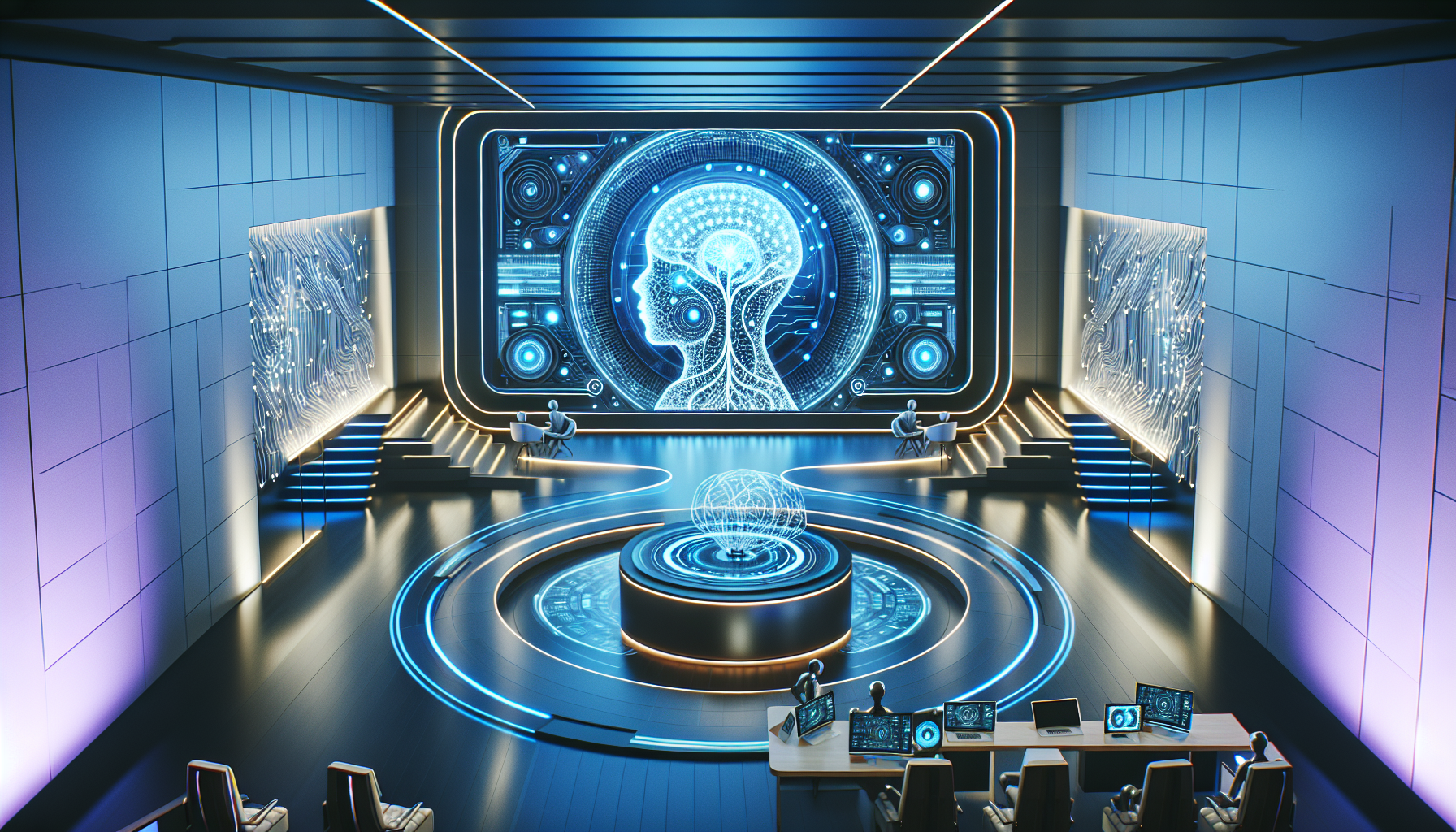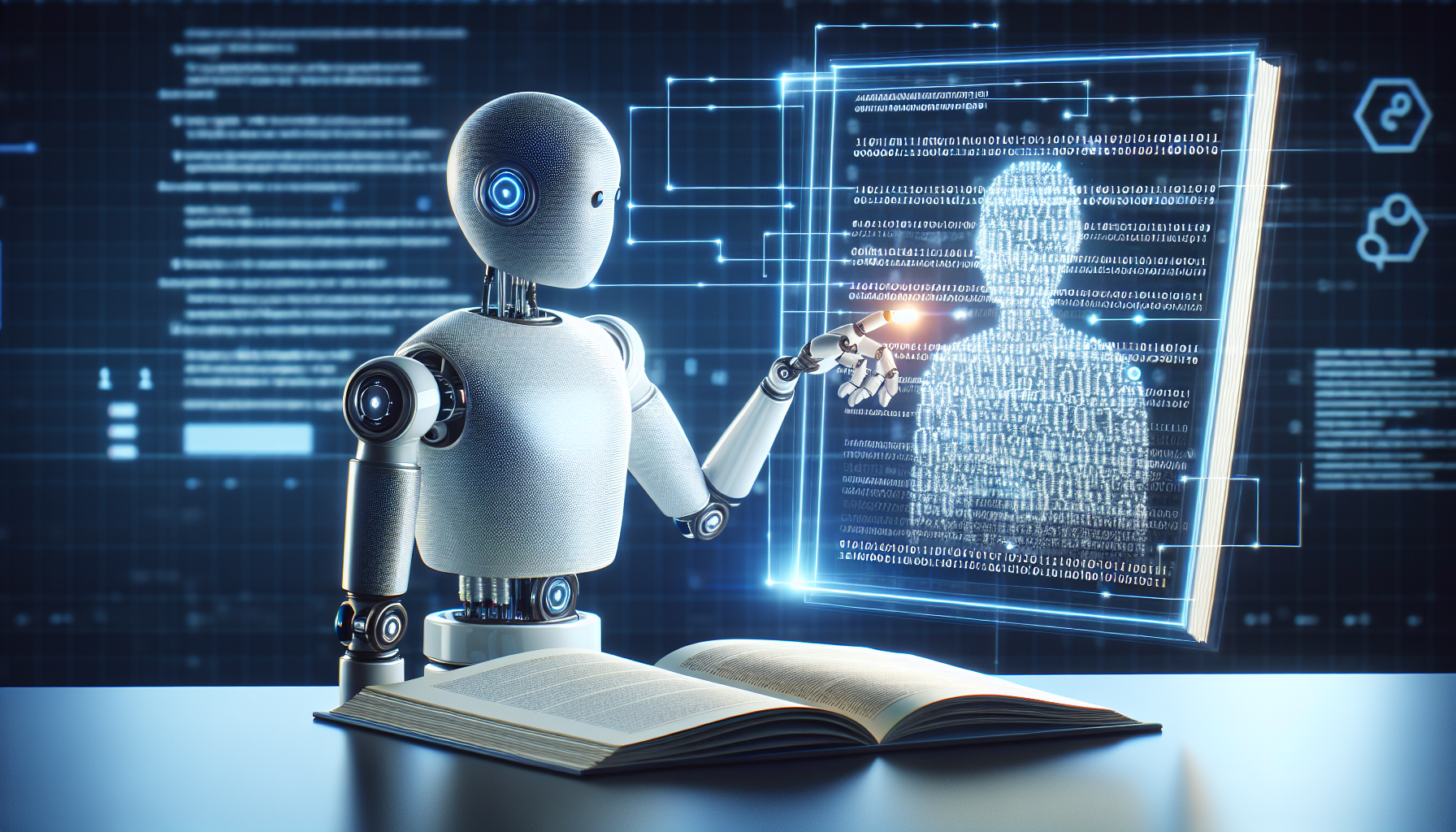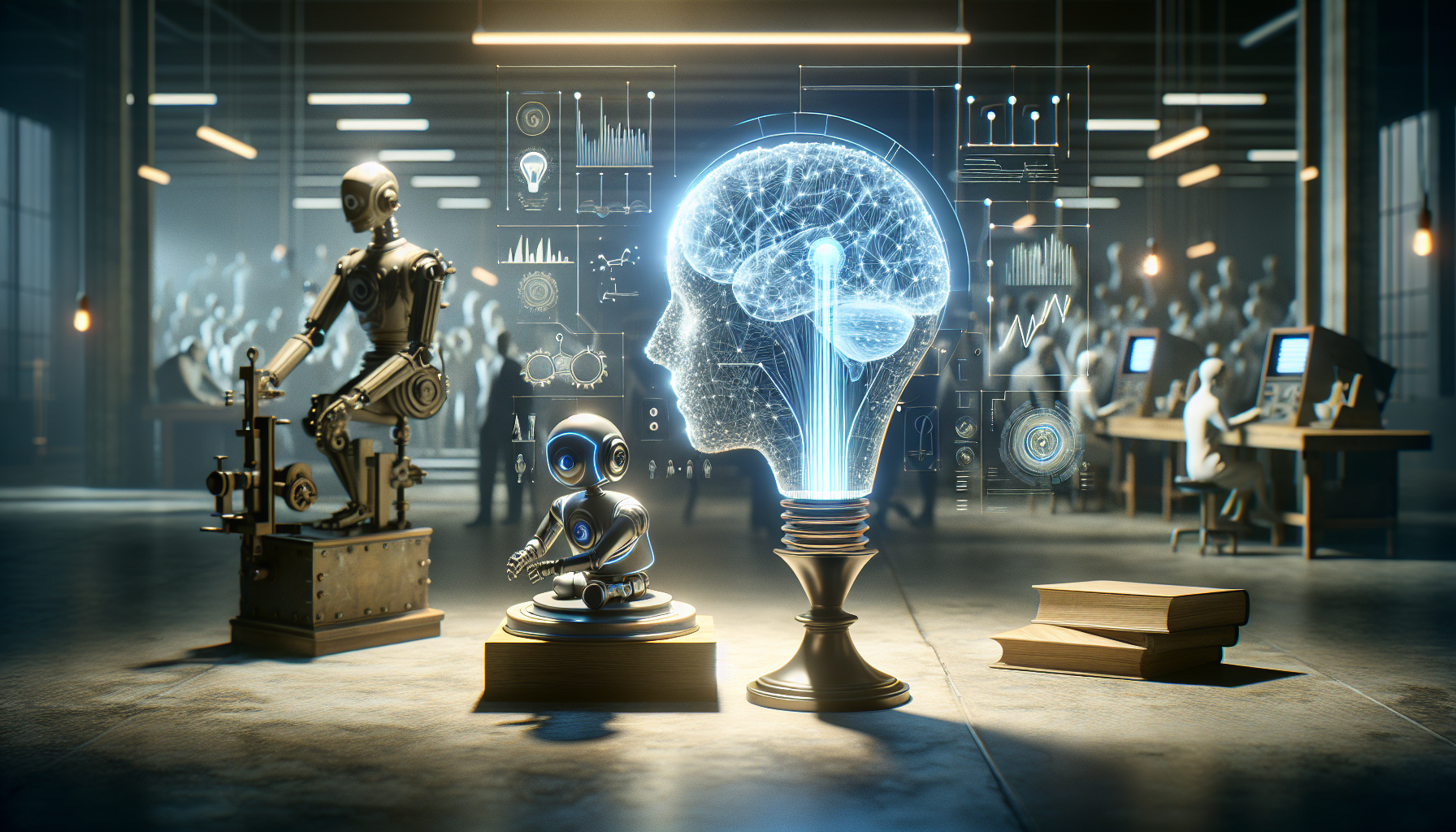
AI in Food Technology: Dispelling Myths from Farm to Table
August 10, 2025
Artificial Intelligence (AI) in food technology is often shrouded in a veil of misconceptions, perpetuated by both overzealous advocates and skeptical critics. While AI promises to revolutionize how food is produced, distributed, and consumed, the reality is nuanced and warrants a closer examination. As the influence of AI in this sector grows, it's crucial to distinguish between myth and reality.
One prevalent myth is that AI will lead to a fully automated farming system, rendering human labor obsolete. This notion, while tantalizing, oversimplifies the intricate dynamics of agricultural practices. Farming is not just about mechanization; it involves understanding complex ecosystems, weather patterns, and crop cycles. AI can indeed enhance productivity by optimizing irrigation systems, predicting weather impacts, and managing pest control. However, these technologies are designed to complement human expertise, not replace it. The role of farmers is evolving, not disappearing, with AI providing tools to make informed decisions rather than taking over the decision-making process entirely.
Another common misconception is that AI in food technology will inevitably lead to the homogenization of food products, sacrificing quality and diversity for efficiency. Critics argue that the use of AI-driven processes in food manufacturing and distribution could prioritize mass production over local, artisanal goods. However, AI can also support small-scale producers by helping them reach wider markets and streamline their operations. For instance, machine learning algorithms can analyze consumer preferences and market trends, enabling niche producers to tailor their offerings more effectively. The real challenge lies in maintaining a balance between efficiency and diversity, ensuring that technological advancements do not come at the cost of cultural and culinary variety.
Furthermore, the assumption that AI will solve all food safety issues is misleading. While AI can significantly enhance food safety through better detection of contaminants and faster response times, it is not a panacea. The technology is only as effective as the data it is fed, and there are still gaps in data collection and interpretation. Moreover, reliance on AI systems can lead to complacency, potentially masking underlying issues that require human intervention. A critical eye is necessary to ensure that AI complements traditional food safety practices rather than supplanting them altogether.
On the consumer end, there is a growing belief that AI-driven personalization will redefine dietary choices, leading to healthier lifestyles. While AI can indeed offer personalized nutrition advice by analyzing individual health data and dietary patterns, privacy concerns loom large. Not everyone is comfortable with sharing personal health information, and the potential for misuse of this data cannot be ignored. Companies must navigate these ethical waters carefully, ensuring transparency and consent in their data practices. Consumers, on their part, should remain informed about the trade-offs between convenience and privacy.
Moreover, the narrative that AI will single-handedly tackle food waste is overly optimistic. AI applications can certainly enhance inventory management and demand forecasting, reducing waste along the supply chain. However, food waste is a multifaceted issue, deeply entwined with cultural, behavioral, and economic factors. Technology alone cannot change consumer habits or address systemic inefficiencies in food distribution. A holistic approach, combining technological innovation with policy reform and consumer education, is essential to make substantial progress in this area.
The integration of AI in food technology is not a straightforward journey of unmitigated progress. It is a complex interplay of opportunities and challenges, requiring careful navigation. As we venture further into this technological frontier, it is vital to question the narratives that surround AI, challenging assumptions and critically assessing its impact.
Could the future of AI in food technology be one where innovation and tradition coexist, enhancing the food ecosystem while preserving its diversity and integrity? As the dialogue around AI continues to evolve, these questions remain at the heart of the debate, urging us to think beyond the myths and towards a more informed and balanced understanding of AI's potential and limitations.


